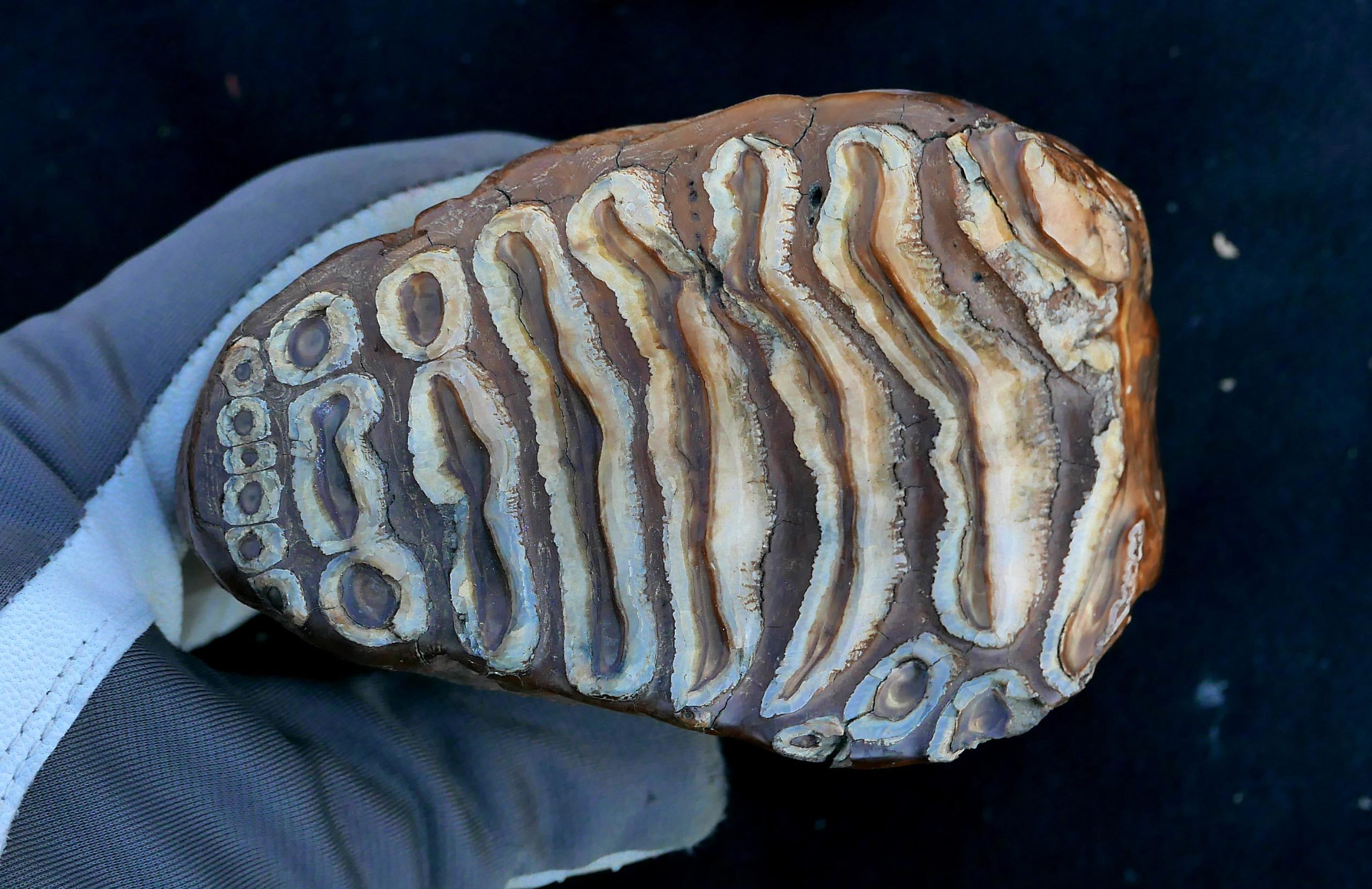Groundbreaking research has uncovered the world’s oldest microbial DNA preserved in ancient mammoth remains. An international team, led by scientists from the Centre for Palaeogenetics, made this discovery by analyzing the remains of woolly and steppe mammoths. These remains, dating back over a million years, revealed microbial DNA that had survived the test of time.

Unveiling Ancient Host-Microbe Relationships
The study offers valuable insights into long-term host-microbe interactions. By examining the preserved DNA, researchers can better understand how microbes and large mammals, like mammoths, coexisted and evolved together. This research not only sheds light on the ancient ecosystems in which these creatures lived, but also helps scientists piece together the evolutionary history of both the mammoths and their microbial communities.
A Leap Forward in Paleogenetics
The successful recovery of such ancient DNA marks a significant advancement in the field of paleogenetics. It opens new doors for studying ancient life and the environmental conditions of prehistoric times. The findings may even pave the way for future discoveries about extinct species and their interactions with their environments.
Sources:
Source
















